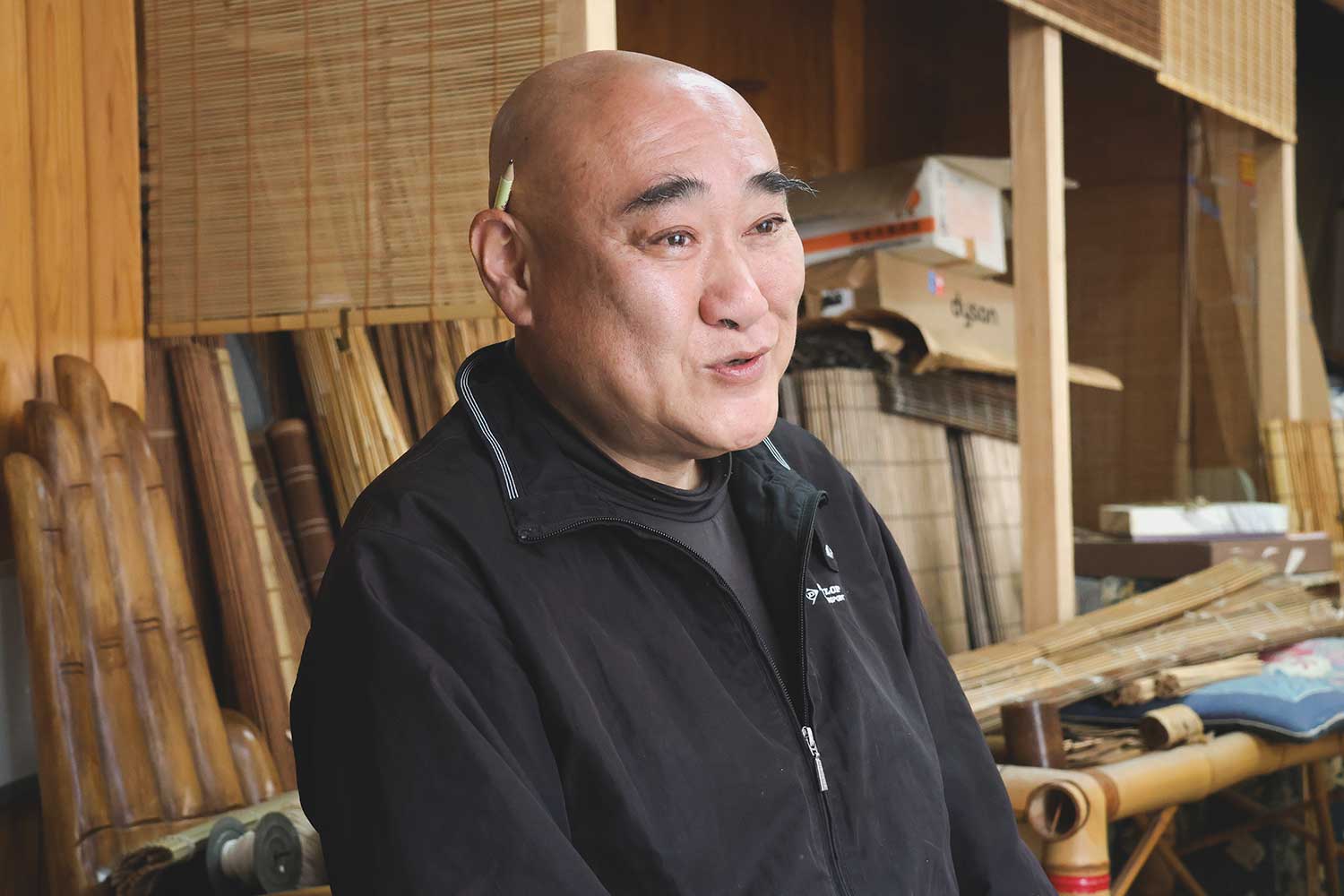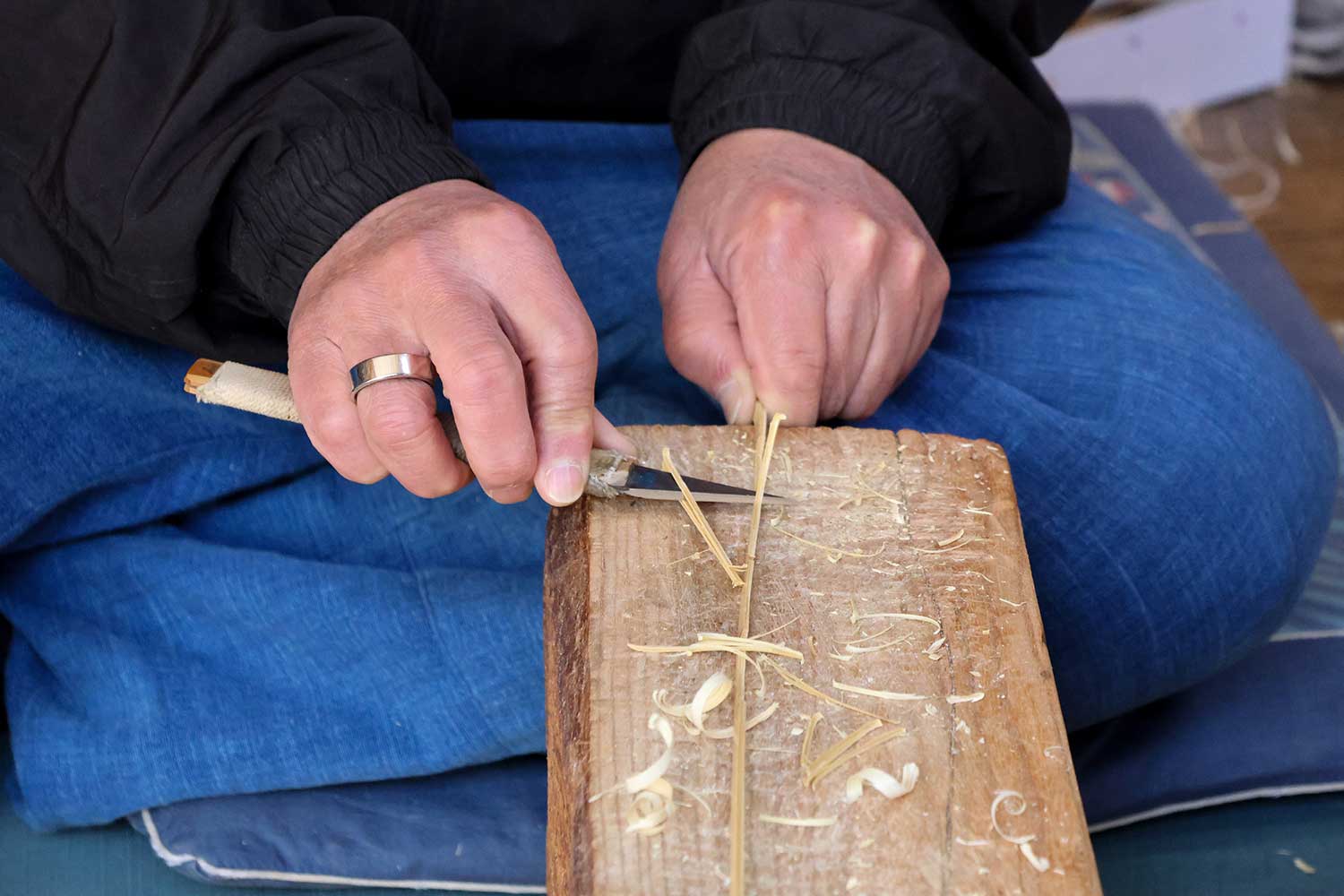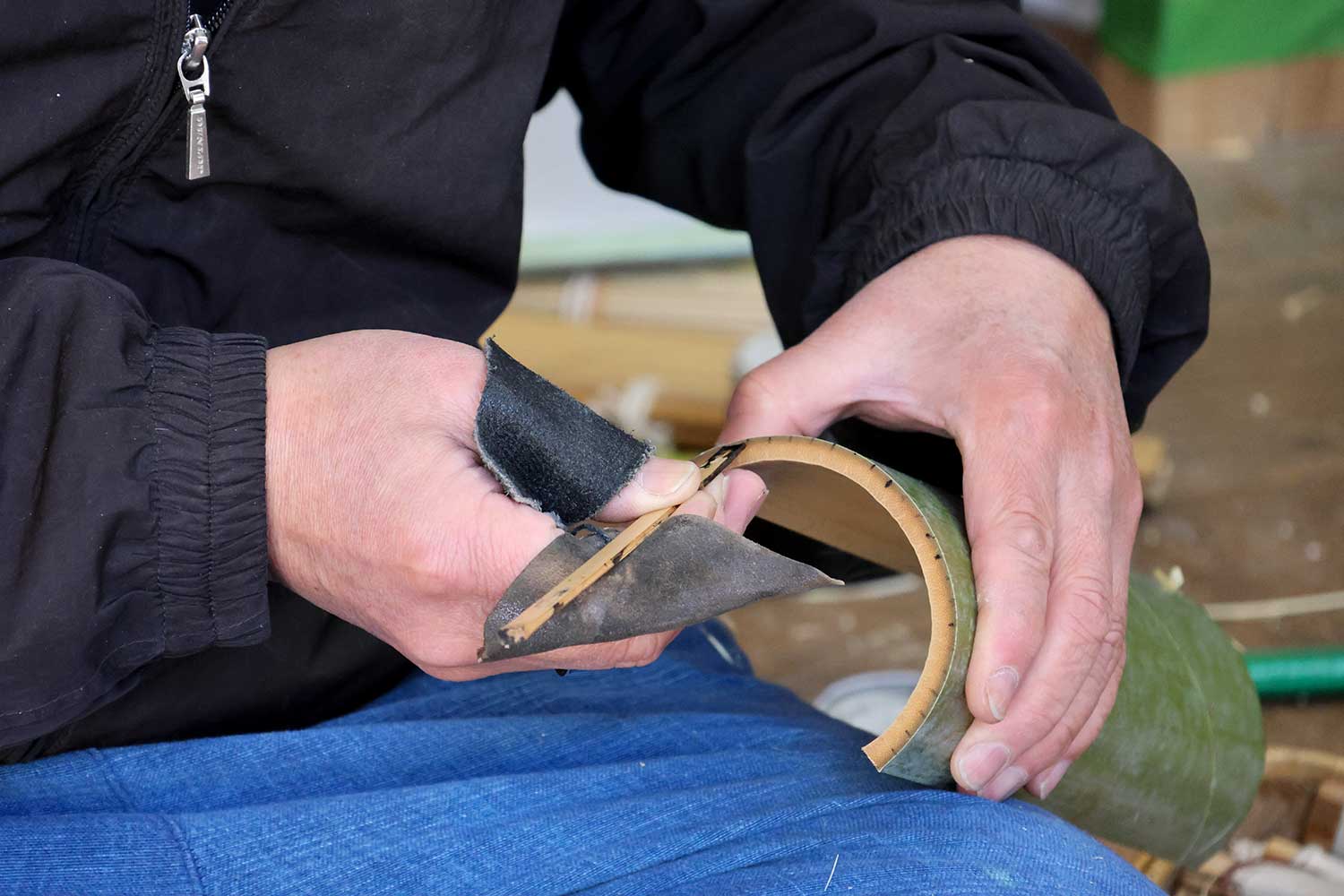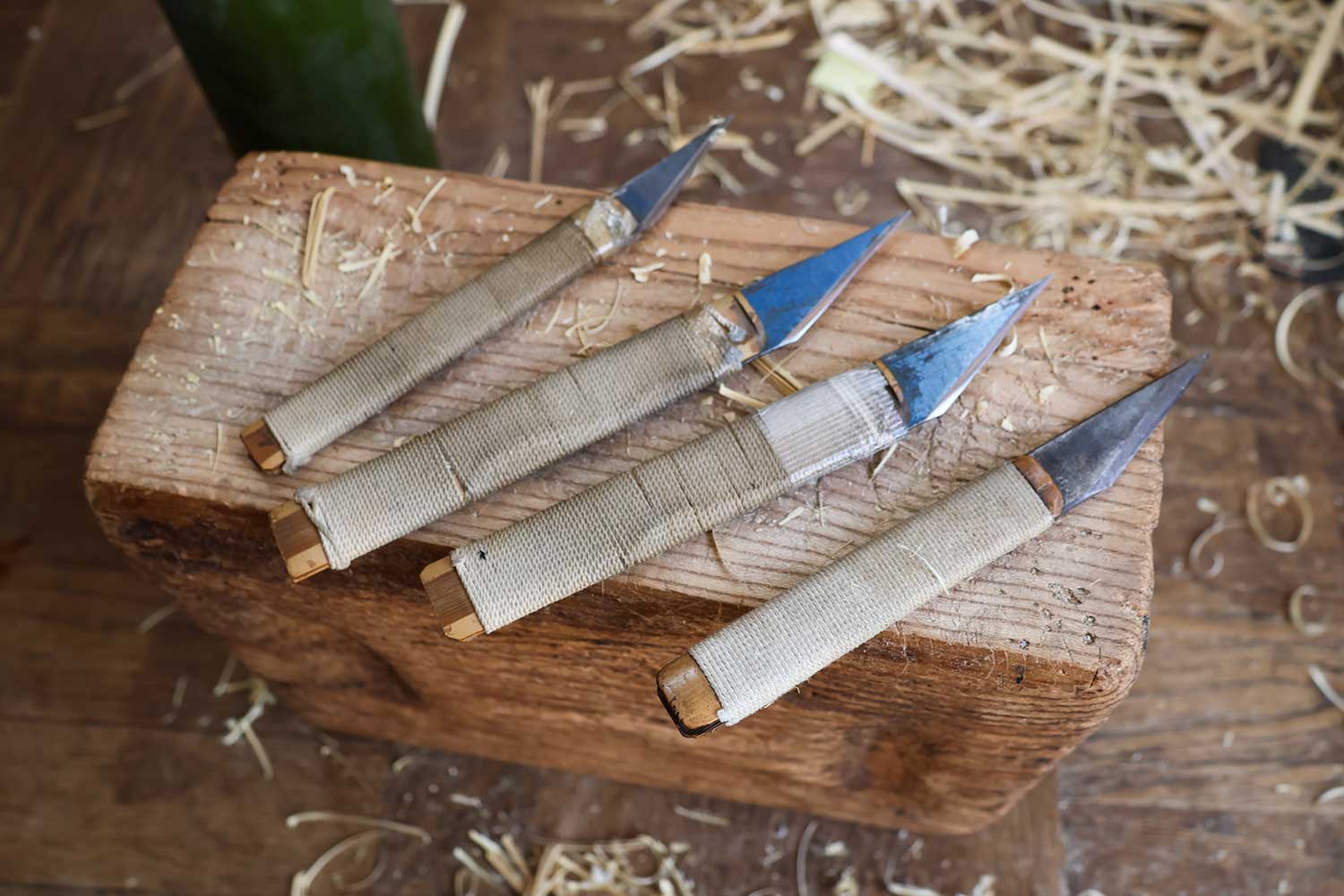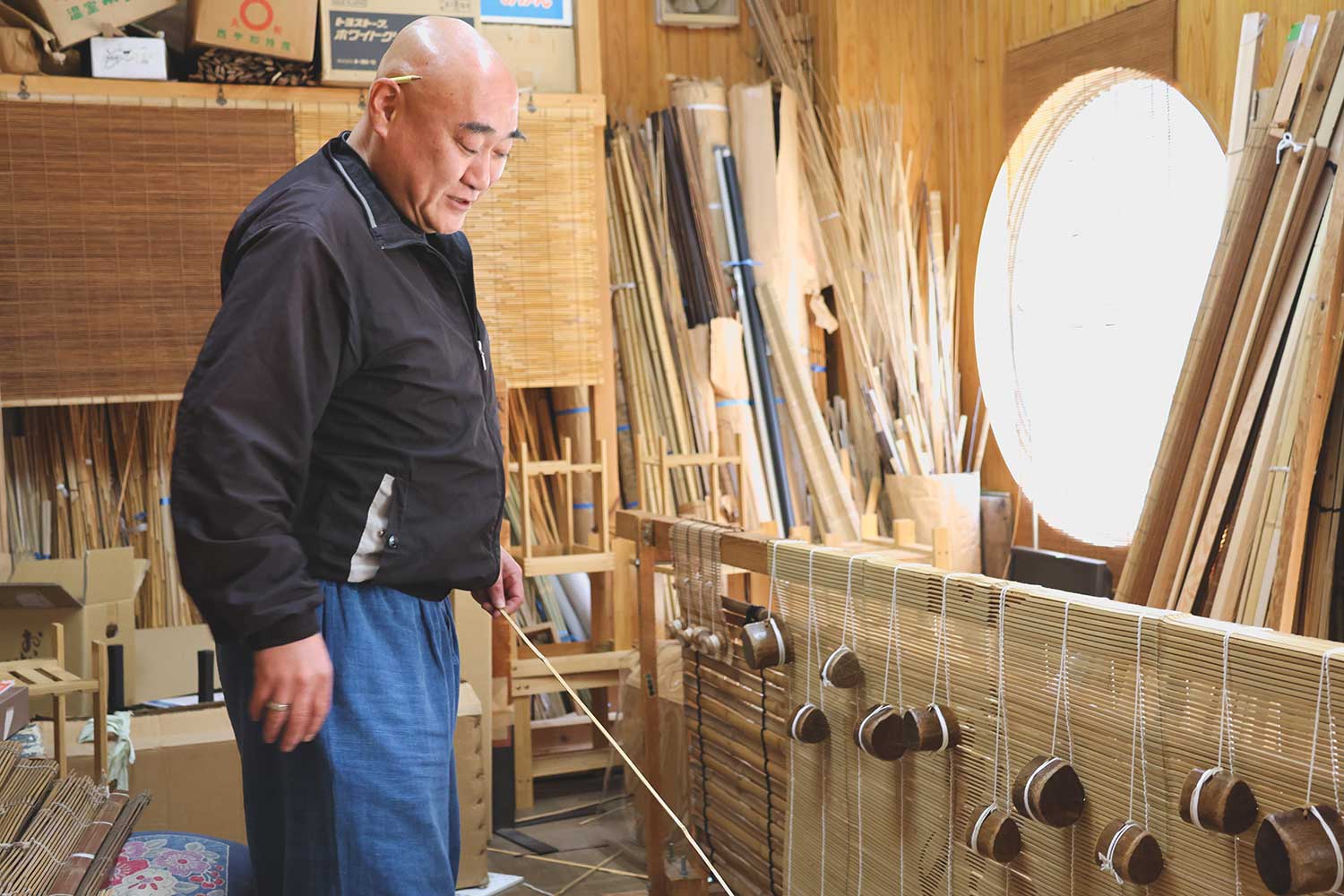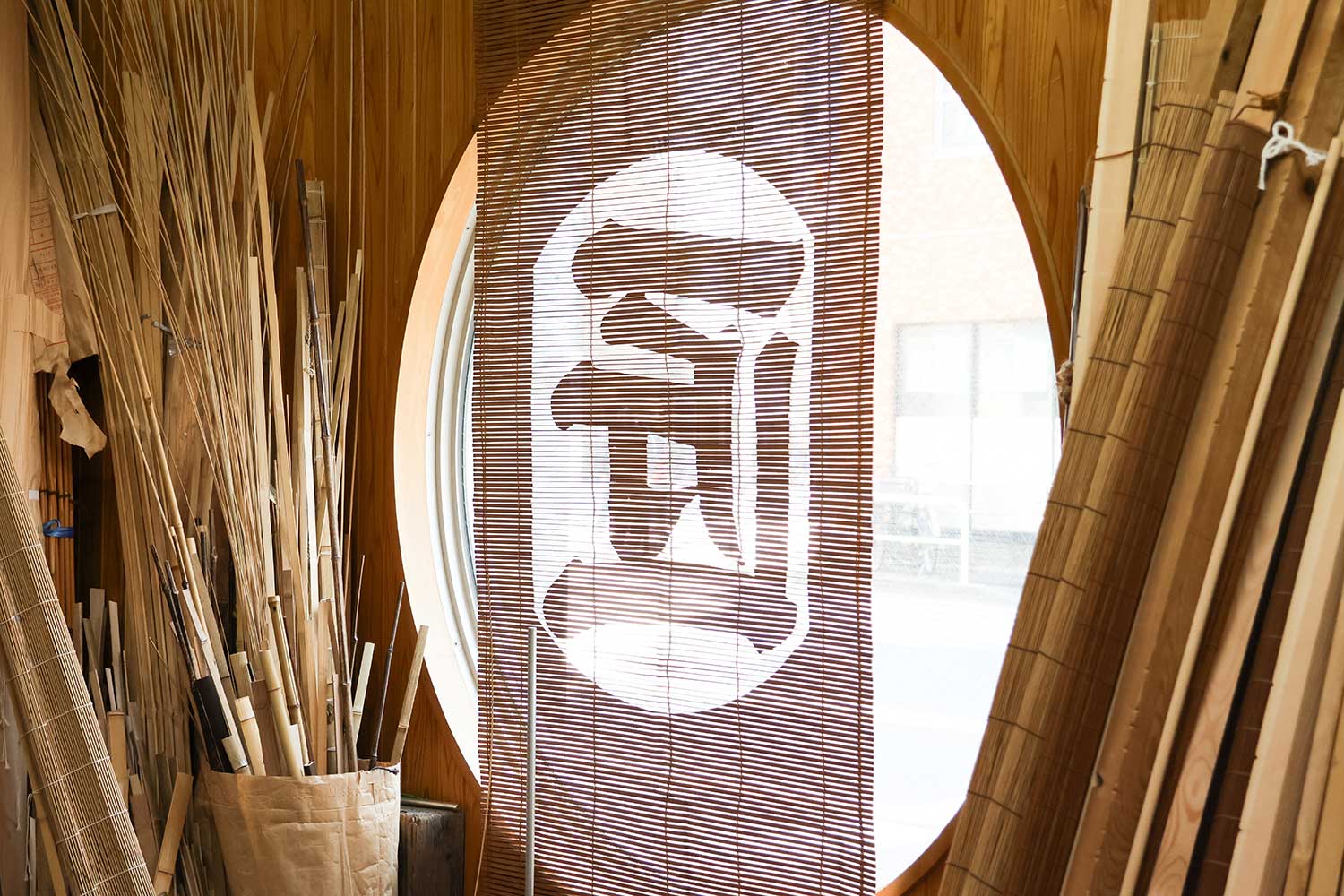
Forest

River

Tradition

Ecosystem
Connecting the Traditional Craft of Edo-style Sudare to the Modern Era
Continuing a 150-year-old business in the rapidly changing Tokyo, while meeting customer needs
Tanaka Seirensho Co., Ltd.
(Tokyo Metropolis)
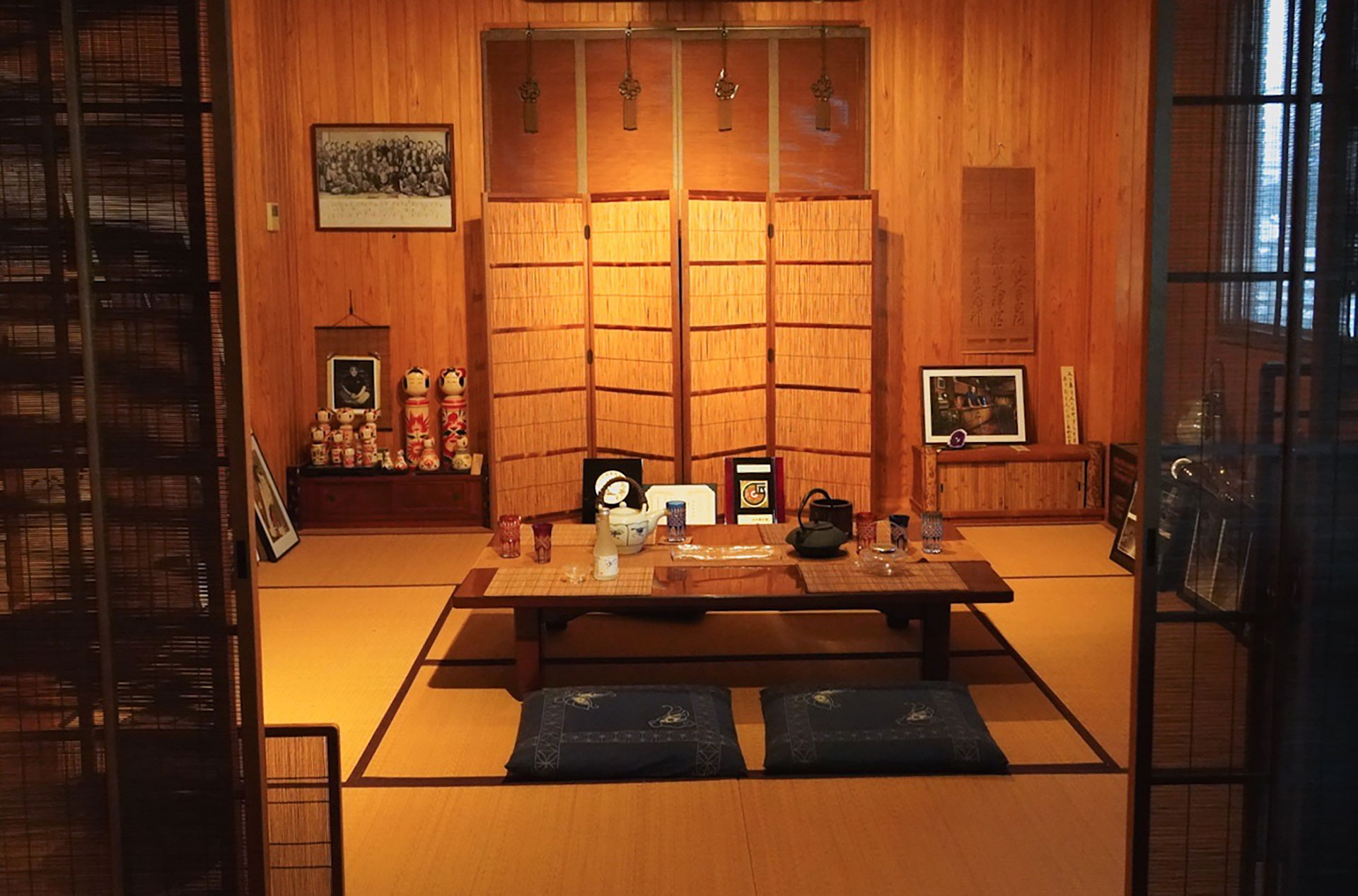
Overview
In Japan, Edo-style sudare slatted blinds have been used since the Edo period not only at the Imperial Court of Japan but also among commoners for sun-shading and privacy purposes, both indoors and outdoors. Over the course of history, the applications of Edo-style sudare have expanded and are categorized into two main types: small utensil-style sudare used for cooking, such as rolling mats and for serving dishes, and decorative sudare used as room partitions such as screens and shoji, among others. Flexibly adapting to growing demand, Tanaka Seirensho, a company, has been located in Tokyo’s Taito Ward since 1868 and has continued to produce sudare using traditional handmade methods for over 150 years.
The secret behind Tanaka Seirensho’s business surviving for over a century lies in their utilization of accumulated sudare-making techniques to adapt to changing demands amid evolving times. The TANAKA family, mindful of their community ties, has fostered strong relationships both locally and beyond, earning deep trust from communities. They have been consulted on various lifestyle matters and have continually sought ways to utilize sudare techniques to address these needs, consistently creating new products in response.
Successful outcomes
- Sudare materials include bamboo, reed, and cotton weed, among others. Despite Tokyo not being the source of these materials, Tanaka Seirensho sources various high-quality materials from regions across Japan such as Ibaraki Prefecture and areas around Lake Biwa in Shiga Prefecture, tailored to specific usage requirements.
- Bamboo grows rapidly compared to trees, with low environmental impact. It typically takes only about three years from the start of growth to be suitable for use as bamboo material.
- Tanaka Seirensho, in addition to natural materials such as bamboo, ventured into the development of food packaging materials utilizing vinyl material sudare technology, ensuring revenue as a company.
- With a trend in the food industry returning to traditional handmade manufacturing methods from mechanization, Tanaka Seirensho now receives orders annually from a major food company for sudare-making, including 100 rolls of sudare for datemaki (a sweet, rolled omelet) each year.
- The fifth owner, Mr. Kotaro TANAKA, conducts sudare-making experience workshops for university students in Hong Kong and teaches Japanese culture two days a week as a lecturer at a local international school.
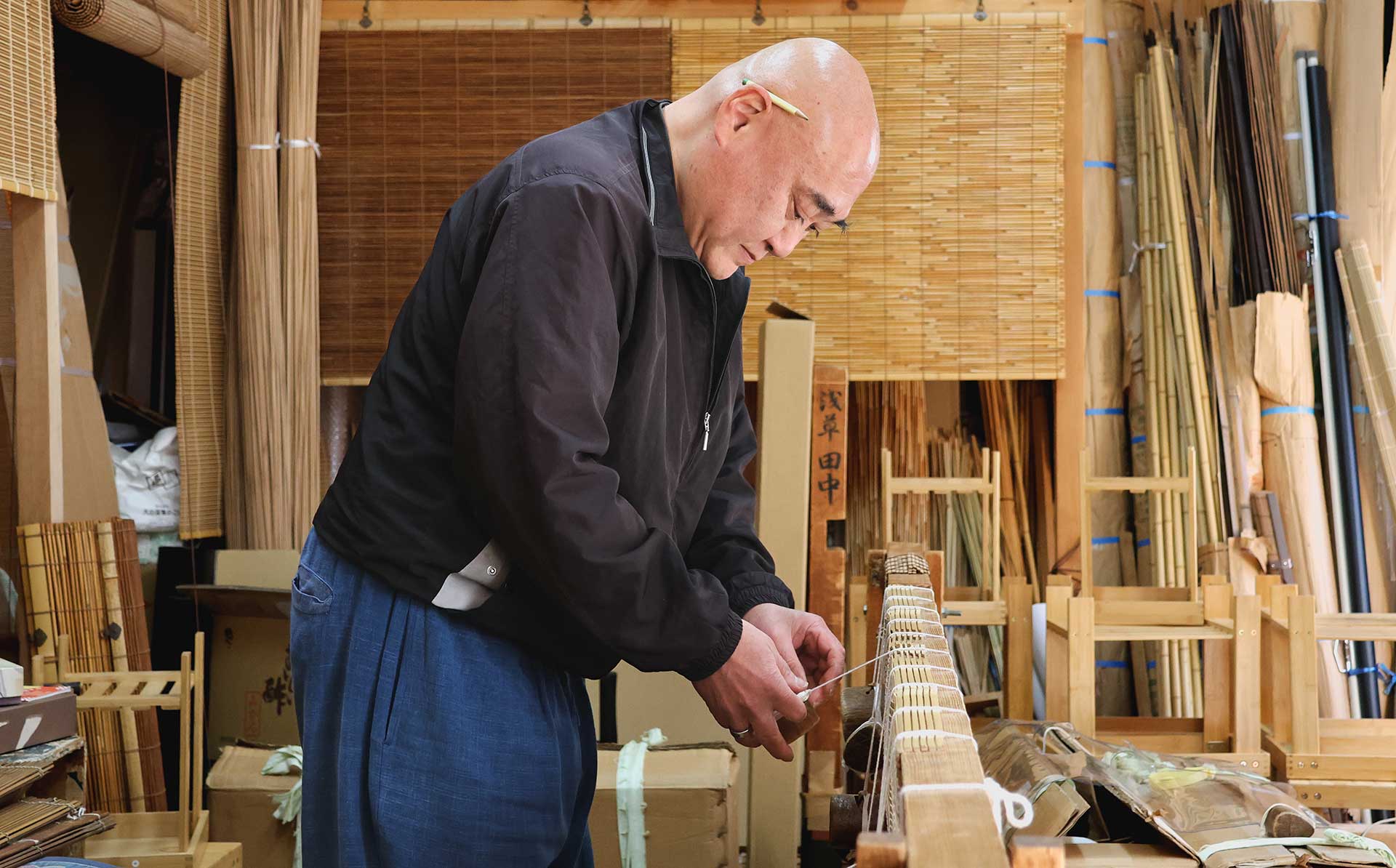
The philosophy of craftsmen sustaining small prosperity in business
The fourth owner, Mr. Yoshihiro TANAKA, often emphasized: “Craftsmanship isn’t just about creating things; it’s essential to actively engage in selling them too. A product only becomes a commodity once it’s purchased.” The fifth owner, Mr. Kotaro TANAKA, recognized as a Tokyo Metropolitan Traditional Craftsman, continues to inherit his father’s artisan philosophy.
Mr. Kotaro TANAKA shares: “Sudare should seamlessly integrate into life without becoming a hindrance. It should remain a supporting role. Having sudare can slightly enhance comfort and add elegance to living. Preserving the Japanese cultural backdrop inherent in traditional crafts is crucial.”
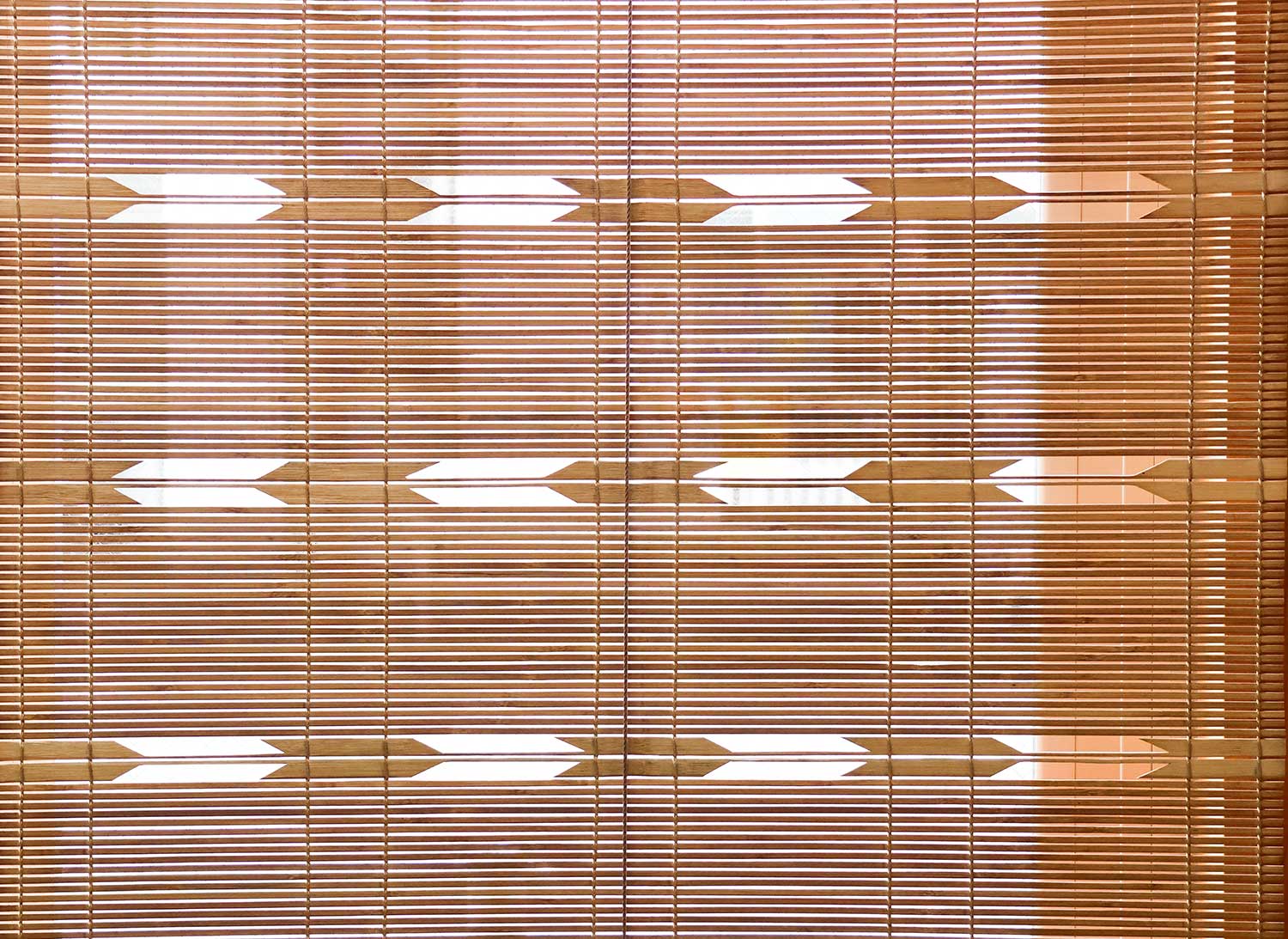
He adds: “Japanese craftsmanship is akin to a mother preparing meals for her children—it’s about compassion. Just as mothers devise various methods to get children to eat disliked vegetables and imagine the joy on their faces, Japanese craftsmanship embodies this compassion.”
During lectures at schools and experiential workshops for foreign tourists, Mr. Kotaro TANAKA focuses less on technical aspects of sudare-making and more on conveying perspectives and the Japanese spirit behind the craft.

Traditional crafts particularly embody the Japanese spirit of mottainai, the idea of not wasting and repairing items to extend their lifespan. “Many customers have approached us for repairs when threads break in sudare that they’ve used at home for 10, 20, or even 30 years. While they might typically be discarded, we repair them, ensuring they can be used for even longer,” he explains.
In today’s society, where new items are easily made and broken parts are replaced with new ones, repairable artisans are scarce. Continuing to use old items or producing the same things as in the past is challenging. Therefore, Tanaka Seirensho has adapted flexibly to evolving customer needs, abandoning old prejudices, and embracing technological changes. While many manufacturing industries switched to mechanization during the period of rapid economic growth, aiming for mass production and endless expansion, Tanaka Seirensho has prioritized adhering to traditional handmade craftsmanship, sustaining small prosperity.
Preserving the culture and technology inherent in existing traditional crafts will be a crucial question to consider for the future of society.
Edo sudare
Tanaka Seirensho Co., Ltd.
http://www.handicrafts.co.jp/


